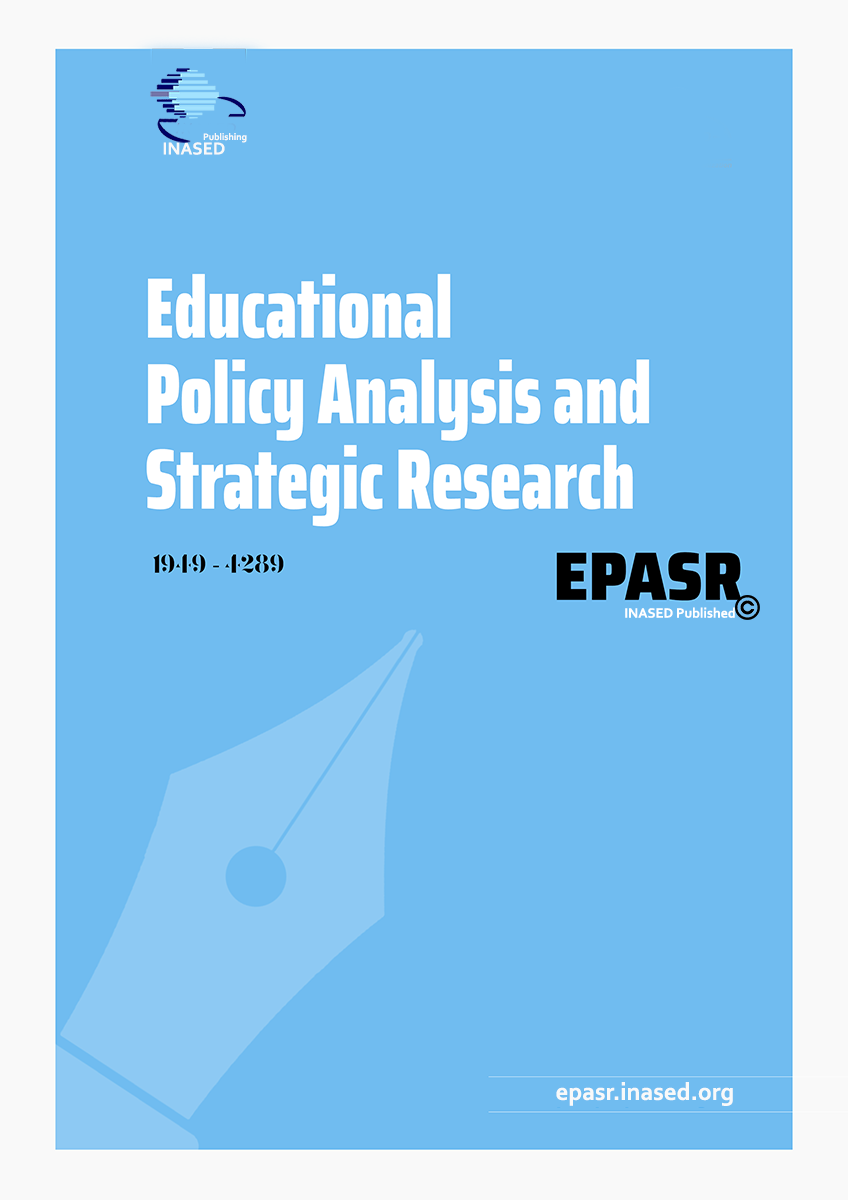- Ata, Seda; Yakar, Ali; Karadağ, Orçin (2018). Yabancı Dil Öğretmenlerinin Öğretim Sürecinde Kullandıkları Dönüt Türleri: Erken Çocukluk Dönemi Yabancı Dil Eğitiminde Bir Mikro-Analiz, Turkish Studies Educational Sciences, 13/11, pp.247-268. [Google Scholar]
- Bloom, S. Benjamin, (1979). İnsan Nitelikleri ve Okulda Öğrenme, (Çeviren: Durmuş Ali Özçelik), Ankara: Milli Eğitim Basımevi. [Google Scholar]
- Brookhart, Susan M. (2008). How to Give to Your Students Effective Feedback, Association for Supervision and Curriculum Development (ASCD) Alexandria, Virginia USA. [Google Scholar]
- Butler, Deborah; Winne, Philip (1995). Feedback and Self-regulated Learning: A Theoretical Synthesis, Review of Educational Research, 65(3), pp.245-281. [Google Scholar]
- Butler, Andrew C.; Godbole, Namrata; Marsh, Elizabeth (2013). Explanation Feedback is Better than Correct Answer Feedback for Promoting Transfer of Learning, Journal of Educational Psychology, 105 (2), pp. 290 –298. [Google Scholar]
- Coşgun, Ümit Ç.; Sarı, Mediha (2015). Düşük ve Yüksek Mesleki Öz-Yetkinlik Algısına Sahip Sınıf Öğretmenlerinin Dönüt Verme Biçimlerinin İncelenmesi, Pegem Eğitim ve Öğretim Dergisi, 5(5), 533-548. [Google Scholar]
- Council of Europe (2001). A Common European Framework of Reference for Languages: Learning, teaching, assessment–a general guide for users, Strasbourg, Council of Europe. [Google Scholar]
- Cüceloğlu, Doğan (2013). Yeniden İnsan İnsana, İstanbul: Remzi Kitabevi. [Google Scholar]
- Çimer, Sabiha O.; Bütüner Suphi Ö.; Yiğit, Nevzat (2010). Öğretmenlerin Öğrencilerine Verdikleri Dönütlerin Tiplerinin ve Niteliklerinin İncelenmesi, Uludağ Üniversitesi Eğitim Fakültesi Dergisi 23 (2), 517-538. [Google Scholar]
- Hattie, John and Timperley, Helen (2007). The Power of Feedback, Review of Educational Research, 77:1, pp. 81-112. [Google Scholar]
- Hattie, J.A., and Gan, M. (2011). Instruction based on Feedback. In Mayer, R & Alexander, P. (Eds). Handbook of Research on Learning and Instruction (pp. 249–271). New York: Routledge. [Google Scholar]
- Kangalgil, Murat; Demirhan, Gıyasettin (2009). Beden Eğitimi ve Spor Etkinliklerinde Dönüt Kullanımı, Spor Bilimleri Dergisi Hacettepe J. of Sport Sciences, 20 (1), 24–40. [Google Scholar]
- Kleij, Fabienne; Eggen, Theo; Timmers, Caroline and Veldkamp, Bernard (2011). Effects of Feedback in a Computer-based Assessment for Learning. Computers & Education, 58, 263-272. [Google Scholar]
- Lee, Bo-young (2010). Effects of Task and Feedback Types on Korean Adult EFL Learners’ Oral Proficiency, English Teaching, 65(2), pp.101-130. [Google Scholar]
- Narciss, Susanne; Huth, Katja (2006). Fostering Achievement and Motivation With Bug-related Tutoring Feedback in a Computer-based Training for Written Subtraction, Learning and Instruction, 16, pp.310-322. [Google Scholar]
- Narciss, Susanne. (2012). Feedback in instructional contexts. In N. Seel (Ed.), Encyclopedia of the Learning Sciences, Volume F(6), pp. 1285-1289. New York: Springer Science & Business Media, LLC. [Google Scholar]
- Narciss, Susanne (2013). Designing and Evaluating Tutoring Feedback Strategies for Digital Learning Environments on the Basis of the Interactive Tutoring Feedback Model. Digital Education Review, Number 23, June 2013. [Google Scholar]
- Nicol, David J.; Macfarlane-Dick, Debra (2006). Formative assessment and self-regulated learning: A model and seven principles of good feedback practice. Studies in Higher Education, 31(2), 199–218. [Google Scholar]
- Peker, Reşat (1992). Geri Bildirimin Üniversite Öğrencilerinin Ölçme ve Değerlendirme Dersindeki Başarısına Etkisi, Uludağ Üniversitesi Eğitim Fakültesi Dergisi, VII:I. [Google Scholar]
- Ramaprasad, Arkalgud (1983). On the definition of feedback. Behavioral Science, 28, 4-13. [Google Scholar]
- Sadler, D. Royce (1989) Formative assessment and the design of instructional systems, Instructional Science, 18, 119–144. [Google Scholar]
- Schimmel, B. J. (1988). Providing meaningful feedback in courseware. In D. H. Jonassen (Ed.), Instructional designs for microcomputer courseware (pp. 183-195). Hillsdale, NJ, US: Lawrence Erlbaum Associates, Inc. [Google Scholar]
- Slavin, Robert E. (2014). Educational Psychology: Theory and Practice, (11th Edition), England Harlow: Pearson Education. [Google Scholar]
- Teaching and Learning Quality Assurance Committee / TALQAC (2014). Providing Effective Feedback to Students, The University of Melbourne. [Google Scholar]
- Tunstall, Pat and Gipps, Caroline (1996). Teacher Feedback to Young Children in Formative Assessment: A Typology, British Educational Research Journal, 22 (4): 389-404. [Google Scholar]
- Yoshida, Reiko (2008) Teachers’ Choice and Learners’ Preference of Corrective Feedback Types, Language Awareness, 17(1), pp. 78-93. [Google Scholar]
|


